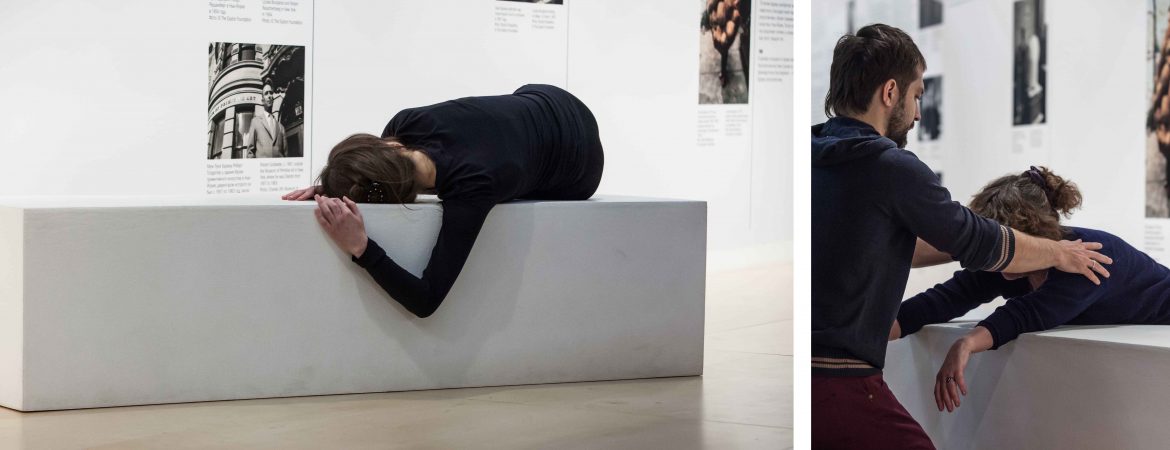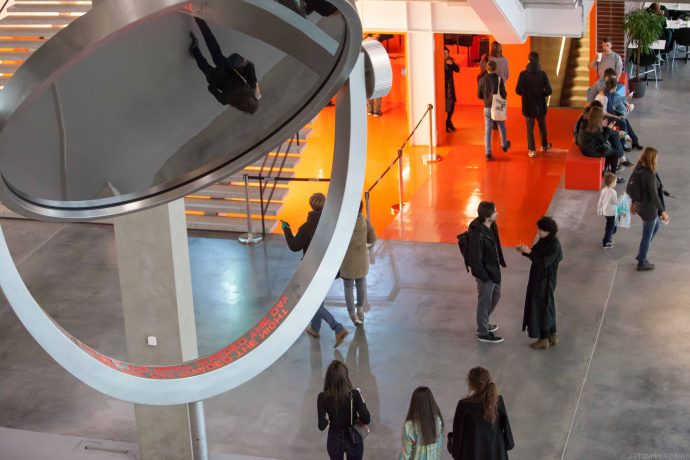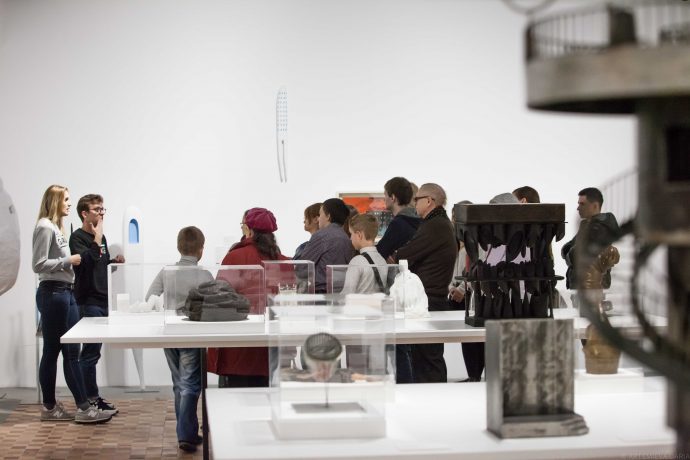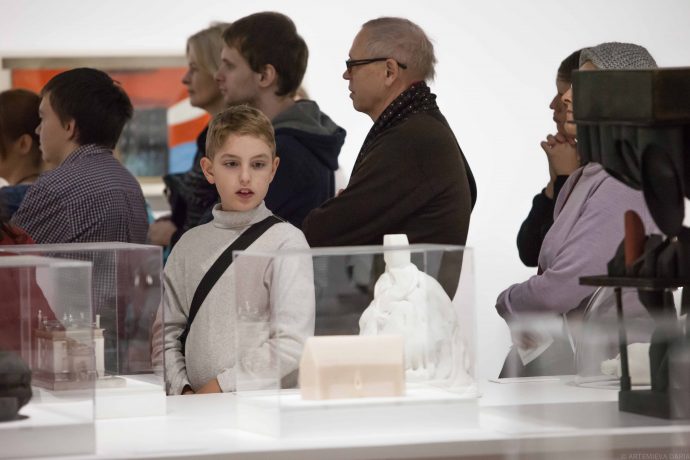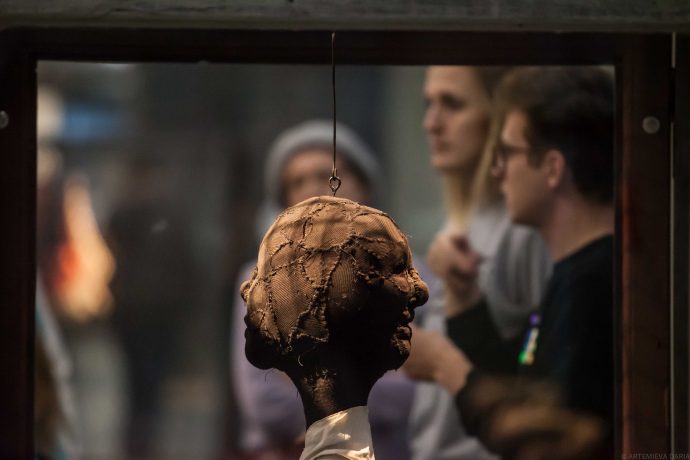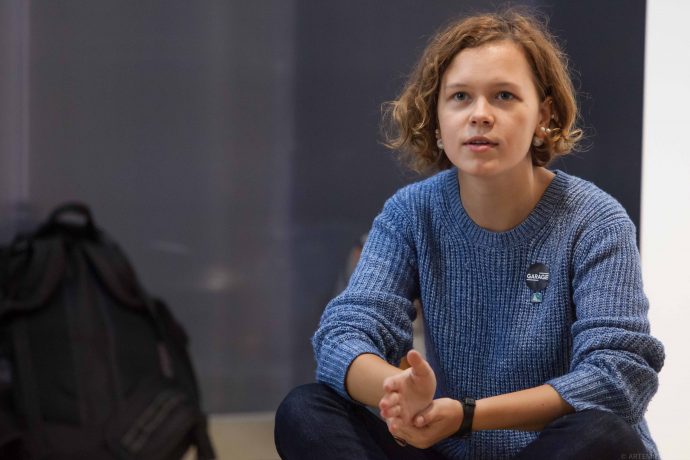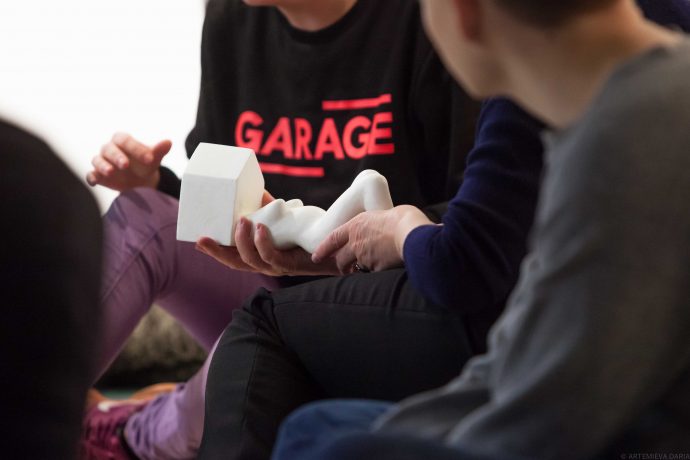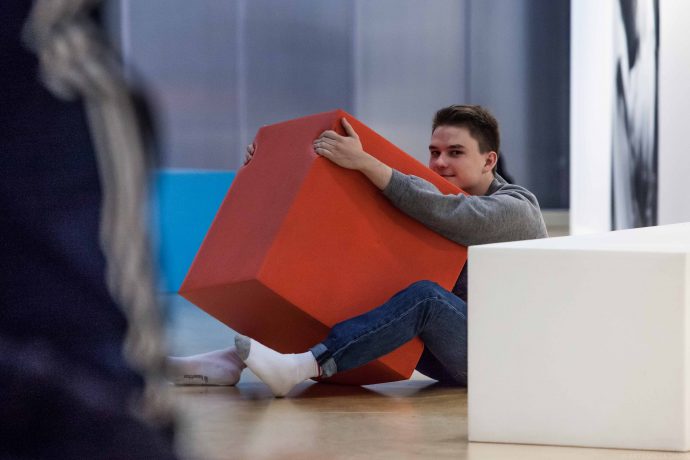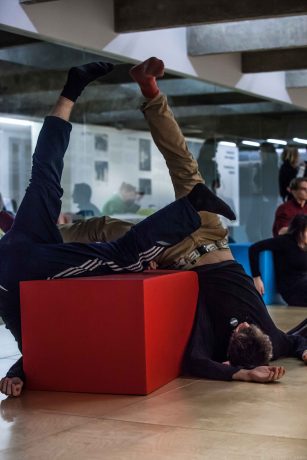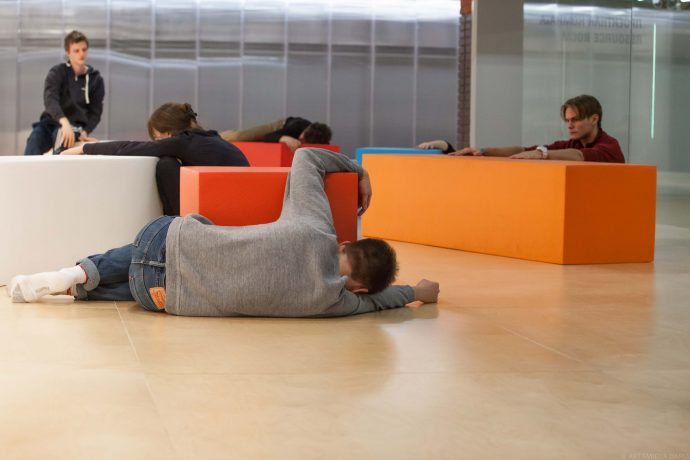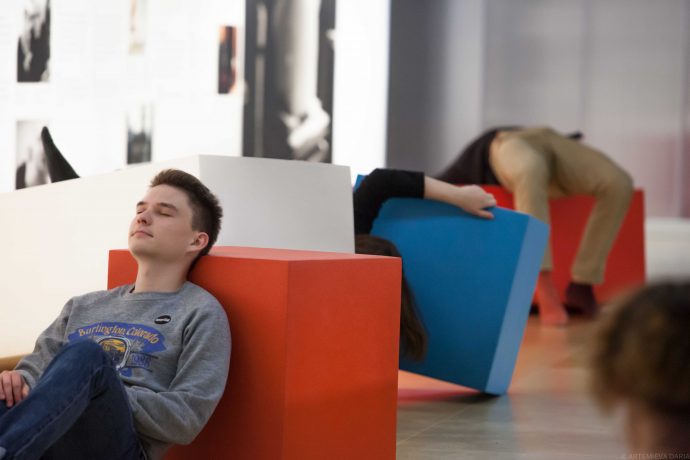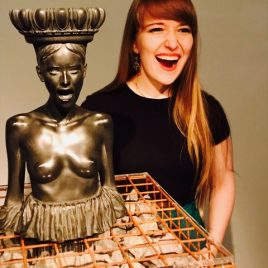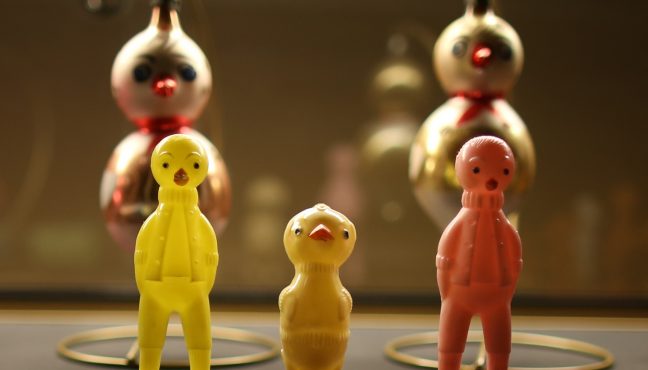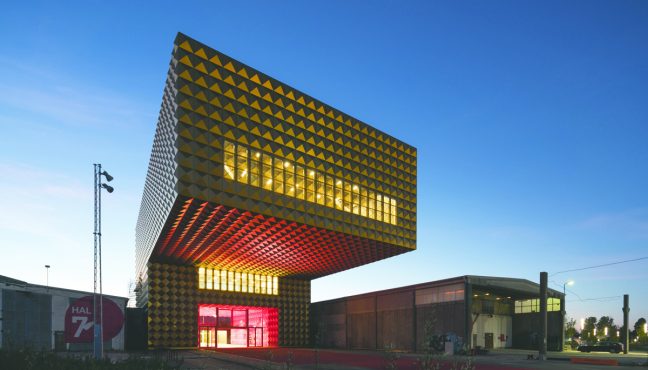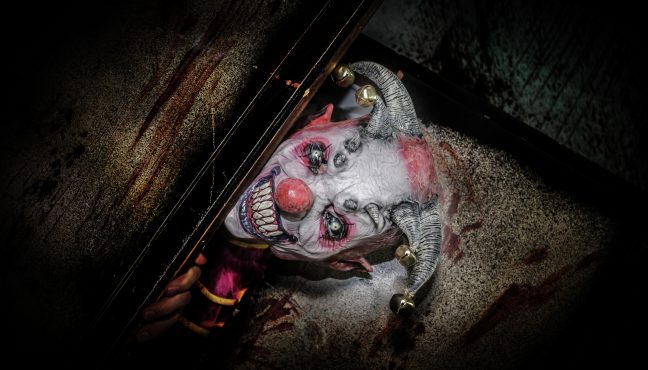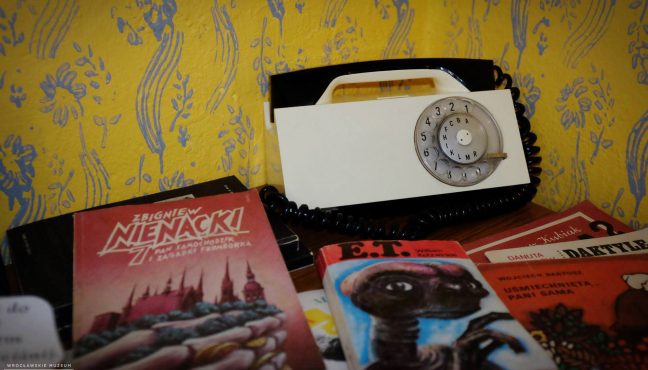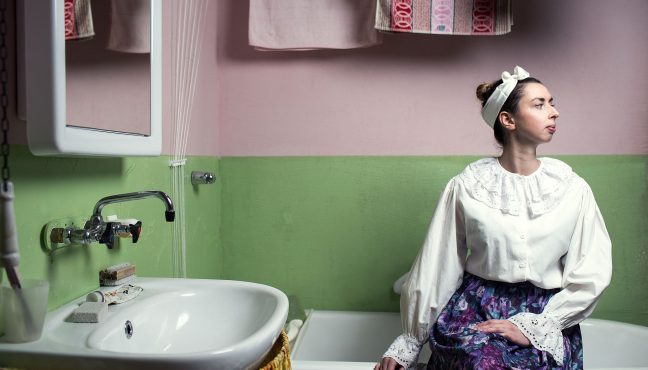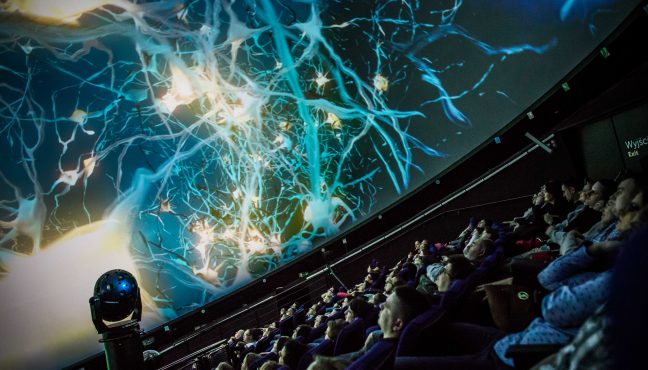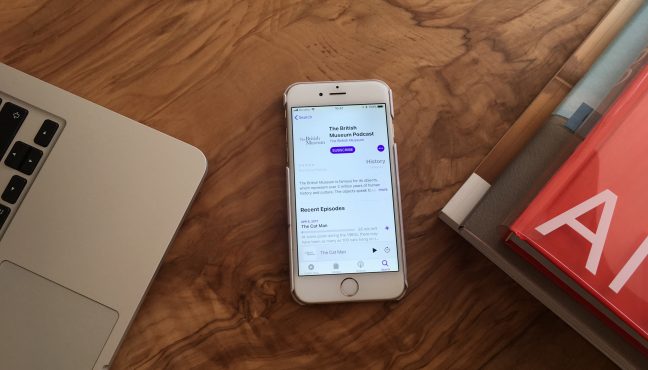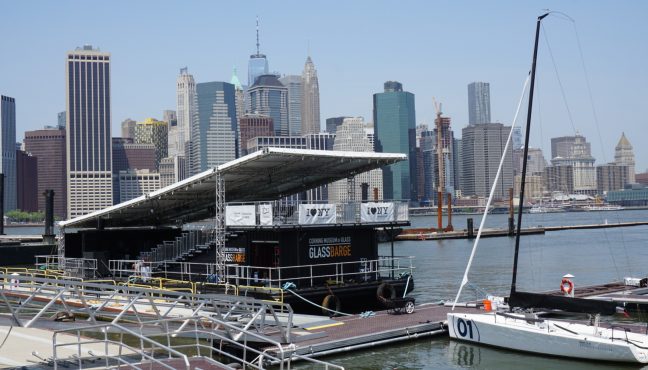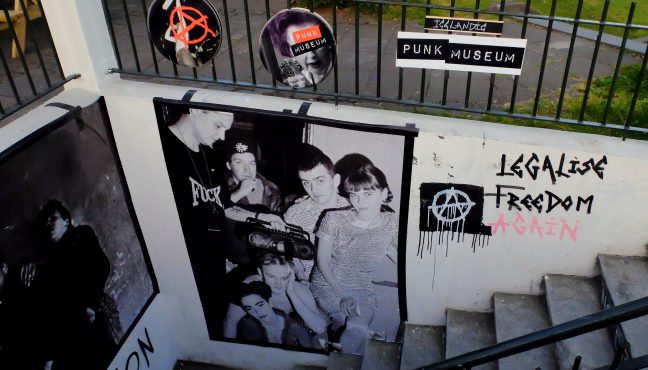We were excited to visit Louise Bourgeois Structures of Existence: The Cells at Garage Museum of Contemporary Art. This time Museeum went to see the exhibition with sign language interpretation. Garage is one of the first Russian museums to have a wide range of activities for any given exhibition, including tours for the visually impaired and sign language tours. And while museum-goers around the world won’t find it surprising, the Russians are not used to seeing diverse programs for people with special needs. Due to bitter Soviet legacy, there is hardly any understanding of disability issues. However, museums are now bringing the discussion into the public eye so the two worlds can have an equal dialogue.
Visiting the tour for the deaf or hard-of-hearing visitors, it suddenly struck us that we didn’t expect the tour to be that interesting, and it’s embarrassing, since that’s actually bias. We realized that thanks to Garage’s guide Darya Ostratenko and Inclusive Programs manager, deaf education teacher and sign language interpreter Vlad Kolesnikov. Darya is an engaging guide and Vlad is a charismatic interpreter, so together they make a perfect duo.
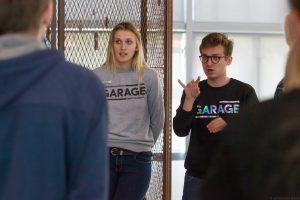
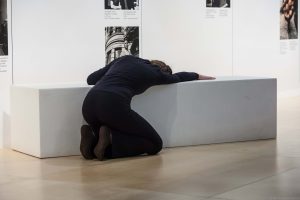
This prejudice that a tour for the disabled visitors is different, can and must be eradicated by the museums and other public spaces, where various activities for people with special needs can be held on a busy Sunday. Just like at any other museum tour, we saw a few visitors, who initially were not part of our group joining us along the way, listening in and even participating. Input and participation are always a part of all Garage tours – the guide and the signer ask questions and voice the answers for everyone. That makes dialogue possible.
During the tour we talked to Maria Sarycheva, Inclusive Programs coordinator at Garage.
When did the Garage launch its program for the disabled visitors?
It all began in 2014, when The New International was held at our museum. The education program accompanying the exhibition included tours by a Swedish art duo Supramen. Emmeli Persson and Emelie Carlen of Supramen explore alternative approaches to art communication and aim to understand what happens if sight is reduced when perceiving a work of art. Surpramen put together exclusive excursions for mixed groups together with visually impaired. It allowed us to realize that a big group of visitors can have better experience in our museum if we have a special program created for them. It is necessary to mention that we were not the first museum to awake to that – The State Hermitage Museum has been creating programs for the disabled visitors for more than 20 years; State Darwin Museum has a department, working with special needs visitors. Many funds and charity organizations commission programs for their mentees. It so happened that we were the first museum to bring our program to the public eye.
How are the programs being created?
One of the biggest challenges for any museum is to elaborate a suitable program. Many art institutions used to (and still) think that it is enough to have a ticker, scrolling text or just an expanded caption with a bigger font. But programs, tours or even captions for the visually impaired and deaf or hard-of-hearing visitors must be drawn up together with visually impaired and deaf or hard-of-hearing people. Our inclusive projects department is: Galina Novotortseva – visual impairment specialist now studying audio description for the visually impaired, Vlad Kolesnikov – deaf education teacher, sign-language interpreter, and myself – Maria Sarycheva. I graduated cultural studies, began working in the Garage Education in 2013 and now coordinate the inclusive projects. A sign language tour is held with sign-language interpretation. Our tours for the visually impaired include touching the reduced copies of the works of art. For the current exhibition we asked the Louise Bourgeois studio the permission to create 7 tactile models of her works and we use them so the visitors can feel her art. All tours are free and all visitors with disabilities attend Garage for free.
All Garage activities are always discussed, worked out and tested together with the disabled.
Do people mainly come in groups or are there mainly individuals, who visit the museum by themselves?
In the question you voice one of the misconceptions – as if the visitors with disabilities are so different that they have to travel in groups. They can come in groups of friends or alone, sometimes its families where the parents are hard-of-hearing and the children don’t have any hearing issues. We welcome everyone. Garage indeed was the first museum that encouraged individual visitors with special needs to visit the museum or take part in a tour. All employees who work with our visitors directly (including reception team, security and attendants) know basics of the sign language. We advertise our programs on our site and we never enclose a space, where our tours are held. We want Garage visitors to communicate on an equal footing.
"It is not charity, it is not publicity, it is a new museum standard", - Maria Sarycheva.
